
If the NETIO.SYS file is corrupted, missing, or conflicts with certain programs, it can cause a Blue Screen of Death (BSOD), affecting the normal operation of your computer. This article provides several effective solutions to help you fix this error and restore system stability.
1. Update Drivers
Outdated or corrupted drivers can lead to the NETIO.SYS blue screen error in Windows. Checking and updating your device drivers can effectively resolve this issue. It is recommended to use Driver Sentry for automatic driver detection and updates, saving time and reducing the risk of downloading or installing incorrect drivers.
Click the download button to get the latest version of Driver Sentry, install and open the software, then click "Scan".
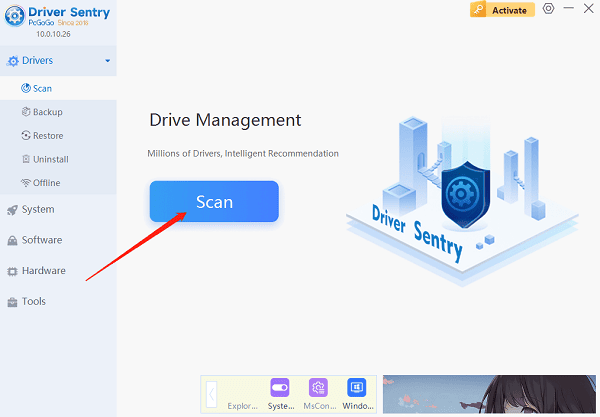
Once the scan is complete, it will display the drivers that are missing or need updates. Locate the necessary drivers in the results list and click the "Upgrade" button.
After updating, restart your computer to ensure the new drivers take effect properly.
2. Run Windows Memory Diagnostic
Press Win + R, type "mdsched.exe", and press Enter.
In the pop-up window, select "Restart now and check for problems".
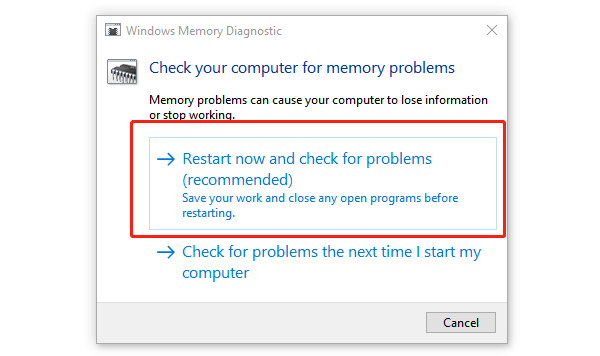
Your computer will restart automatically and run the memory test, which may take a few minutes.
Once the diagnosis is complete, the system will restart. You can check the results in the Event Viewer:
Press Win + X and select "Event Viewer".
Navigate to "Windows Logs" > "System", and find "MemoryDiagnostics-Results" to check for any memory issues.
If memory errors are detected, consider replacing the faulty RAM module.
3. Check and Repair System Files
Run SFC Scan:
Press Win + S, type "cmd", right-click Command Prompt, and select "Run as administrator".
In the command prompt, enter the following command and press Enter: sfc /scannow
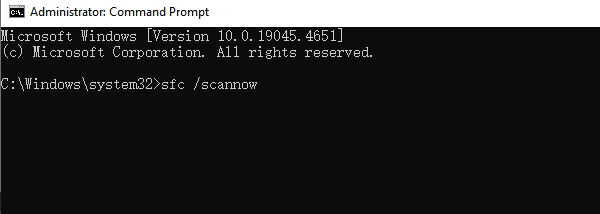
Wait for the system to scan and automatically repair corrupted system files. This process may take a few minutes.
Once the repair is complete, restart your computer to check if the issue is resolved.
Run DISM Repair:
If SFC cannot repair all files, you can proceed with DISM commands:
Open Command Prompt as Administrator (same as above).
Enter the following commands one by one, pressing Enter after each:
DISM /Online /Cleanup-Image /CheckHealth
DISM /Online /Cleanup-Image /ScanHealth
DISM /Online /Cleanup-Image /RestoreHealth
Wait for the repair process to complete, then restart your computer and run the SFC scan again.
4. Scan for Viruses and Malware
Using Windows Defender Quick Scan:
Press Win + I to open Settings, go to "Privacy & Security" > "Windows Security".
Click "Virus & Threat Protection", then select "Quick Scan".
If any threats are detected, choose "Remove" or "Quarantine".
Perform an Offline Scan:
In the "Virus & Threat Protection" window, click "Scan options".
Select "Microsoft Defender Offline Scan" and click "Scan now".
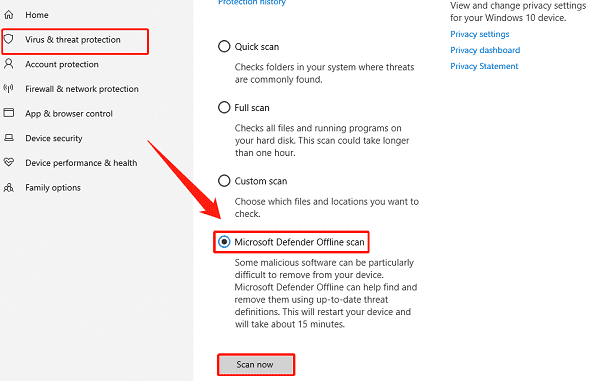
Your PC will restart automatically and scan for potential malware. After the scan, check if the issue is resolved.
5. Perform a Clean Boot
Press Win + R, type "msconfig", and press Enter.
In the System Configuration window, go to the "Services" tab.
Check "Hide all Microsoft services", then click "Disable all".
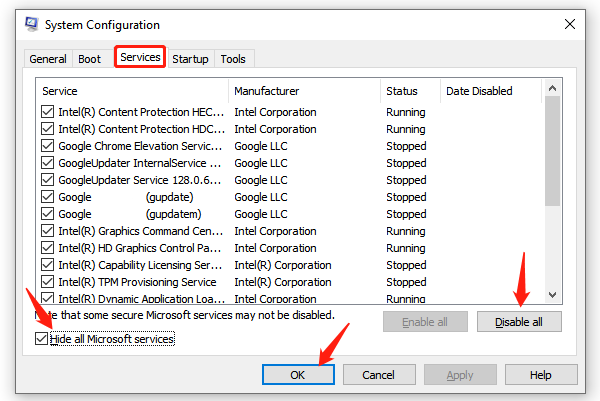
Switch to the Startup tab and click "Open Task Manager".
In Task Manager, disable all startup items (right-click and select Disable).
Close Task Manager, return to the System Configuration window, click "OK", and restart your computer.
6. Check for Windows Updates
Press Win + I, go to "Settings" > "Update & Security".
Under the Windows Update tab, click "Check for updates".
If updates are available, click "Download and install" and wait for the update process to complete.
After the update, restart your PC and check if the blue screen error is resolved.
By following these troubleshooting steps, you should be able to identify and fix the NETIO.SYS blue screen error, restoring your system's stability. If the problem persists, consider seeking professional assistance for further diagnostics.
See also:
Solutions to Fix the Windows 11 Unidentified Network Issue
Solutions to Fix WiFi Connected but No Internet Issue